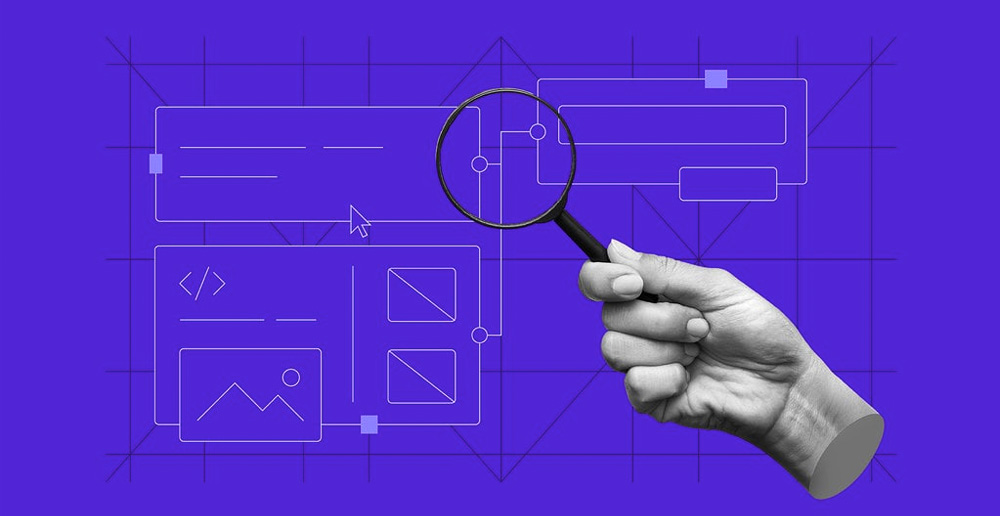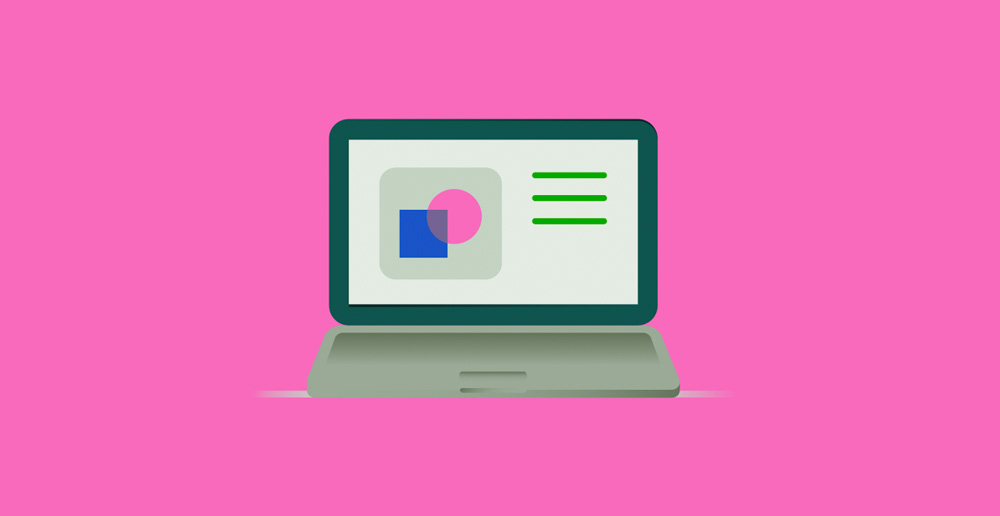In today’s digital age, having an online presence is crucial for any business or organisation. Websites are an essential component of that online presence. A website can be thought of as the digital storefront of a business. It’s the first impression potential customers have of a business, and it can make or break whether they choose to engage with it.
That’s where web designers come in. A website designer is responsible for creating the look, feel, and functionality of a website. They’re tasked with designing a site that not only looks good but also functions well and is easy to navigate. Here we explore what a web designer does:
Creating visual design
One of the primary responsibilities of a website designer is creating the visual design of a website. This involves selecting a colour scheme, choosing fonts, creating graphics and images, and designing the layout of the site. The designer must ensure that the design is consistent with the brand identity of the business or organisation. For example, a website for a children’s clothing brand would likely have a playful and colourful design, while a website for a law firm would likely have a more serious and professional user interface design.
Planning website architecture
Web designers are also responsible for planning the architecture of a website. This involves determining the layout of pages, deciding which pages will be included, and determining the hierarchy of information on the site. The designer must ensure that the site is easy to navigate, with clear and concise menus and links.
Creating wireframes and prototypes

Before a web design expert starts coding a website, they will typically create wireframes and prototypes. These are essentially rough sketches of what the website will look like. Wireframes are basic, grayscale layouts that show the basic structure of the site, while prototypes are more detailed, interactive versions of the site. These mockups allow the designer to experiment with different design elements and get feedback from stakeholders before committing to a final design.
Writing code
Once the design and architecture of the site have been planned, together the web designer and web developer will begin writing code. They’ll typically use languages such as HTML, CSS, and JavaScript to create the layout and functionality of the site. The designer must ensure that the site is mobile-friendly, responsive, and accessible to users with disabilities.
Testing and debugging
After the website has been coded, the designer will test it to ensure that it works as intended. This involves checking for broken links, verifying that forms work correctly, and testing the site on various devices and browsers for responsiveness. If any issues are discovered, the designer and developer will need to look into the framework to debug the code to fix them.
Updating and maintaining the site

A website is never truly finished. Web designers are responsible for keeping the site up to date by adding new content, updating existing content, and making any necessary changes to the design or functionality of the site. This may involve working with content creators or developers to ensure that the site is always improving and meeting the needs of its users.
In addition to the core responsibilities mentioned above, website designers may also have other tasks depending on the project or the organisation they work for. For example, they may be responsible for creating e-commerce solutions or integrating third-party tools and services into a website.
A web design expert may also work in collaboration with other professionals, such as content creators, UX designers, and developers. This collaborative effort ensures that the website is not only visually appealing but also user-friendly and efficient.
Furthermore, web designers need to keep up with the latest trends and technologies in the industry to remain relevant and competitive. This includes staying up to date with design tools and software, as well as learning new programming languages and techniques.
Another essential skill for web designers is communication. They must be able to communicate effectively with stakeholders, including clients, content creators, developers, and project managers, to ensure that everyone is on the same page and that the project is progressing smoothly.
Finally, web design experts must be creative problem-solvers. They must be able to find solutions to challenges that arise during the design and development process. For example, they may need to find ways to optimise a site’s performance or create a design that meets the needs of a specific user demographic.
In summary, website designers are responsible for creating websites that are visually appealing, easy to navigate, and functional. This involves using a variety of skills, including visual design, information architecture, coding, and testing, to bring a website to life. With the importance of having a strong online presence in today’s business world, web designers play a critical role in helping businesses succeed online.
Attract more customers with our web design agency
Are you looking for a web designer to help you build an attractive online presence? Look no further than Design Point Digital!
Our award-winning website designers are dedicated in providing website services that deliver optimal results.
Whether you’re looking for an informational website or want to establish an online store, we’ve got you covered. With our proven list of case studies and client success records, you can trust that Design Point will help you achieve your website goals taking your business to the next level.
So what are you waiting for? Get in touch with Design Point Digital and let’s start building your online business today!


